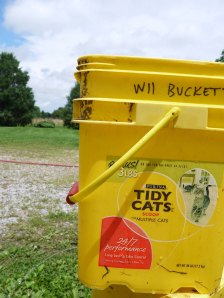I had a lady that complained her apple trees were too old and needed to be cut down. “They don’t produce like they did years back.” I asked her when she had pruned them last and her answer was “never”. I made a deal that I would prune them for free if she would give me all the apples that I wanted…
I love to prune trees. It gets me out of the house in late winter and turns my thoughts to spring. Right now it is time to prune. Your trees may be picturesque, but they will be more productive if you give them a good pruning. (This lesson is for established trees only.)
Your objective is to give the fruit that will come in the spring some room. You need light and air movement through the central part of the tree.
Jim’s rules….
1. No tree is allowed to be over 20 feet tall. I will cut the central leader to twenty feet tall if there is a main trunk going up the center. If there is not a main trunk then prune the tree to an open shape in the middle.
2. No vertical limbs. There will be limbs that point straight up called watershoots. Cut them off.
3. No dead wood. Cut off all dead wood.
4. No two limbs shall touch. Limbs that criss-cross each other will just damage both. Prune one off.
5. No limbs may cross through the center off the tree. Prune them.
6. No downward drooping. Limbs that droop down will not get any light to the fruit. Prune them.
Back up and observe the tree from 40 feet. You have driven by an orchard and observed the neatness of the trees. Use that picture to give a finished look to the trees.
Save the pruned wood and toss it in the grill this summer. Fruit smoke is sweet to smell and will impart that sweetness on your food.
Oh, the lady that I pruned for? We filled the trunk of the car (Lincoln Continental) twice with apples and she begged us to come back for more. These came from five “unproductive” trees!
I will write more this year. Let me know your problem areas and I will try to help….

